Douglas commenced motorcycle production in 1907 with a machine powered by a horizontally-opposed twin. Fore-and-aft installation made for a slim machine with a low centre of gravity, and the design’s virtues were soon demonstrated in competition, Douglas taking 1st, 2nd and 4th places in the 1912 Isle of Man Junior TT. Designed by Cyril Pullin and launched at the Olympia Show in 1925, the EW was intended to benefit from tax concessions available to lightweights, and so weighed under 200lbs. In typical Douglas fashion the 348cc engine was a fore-and-aft flat twin: a fixed-head sidevalve with outside flywheel, hand and mechanical oil pumps, and BTH magneto ignition. A gearbox mounted behind rather than above the rear cylinder, all-chain drive and decent-sized drum brakes differentiated the EW from its predecessors, as did the handsome sloping fuel tank that replaced the ‘flat’ style used hitherto. An unusual feature was the gearchange gate located in the tank’s centre. Benefiting from numerous improvements, the EW went on to achieve some notable successes in the popular reliability trials of the period. In addition to the 348cc original, a 600cc EW was introduced at the 1926 Olympia Show in both sports and touring configurations. This example of the larger EW was sold new in Austria by the importer Ferdinand Eichler, surviving WW2 and its aftermath and continuing in service until the early 1970s. Acquired by Professor Ehn in 1974, the machine spent many years in storage before being thoroughly restored in the Museum workshops in the early 1990s. It is offered with maintenance/parts books and original Austrian logbook (Kraftfahrzeugbrief) indicating matching frame/engine numbers.
Douglas commenced motorcycle production in 1907 with a machine powered by a horizontally-opposed twin. Fore-and-aft installation made for a slim machine with a low centre of gravity, and the design’s virtues were soon demonstrated in competition, Douglas taking 1st, 2nd and 4th places in the 1912 Isle of Man Junior TT. Designed by Cyril Pullin and launched at the Olympia Show in 1925, the EW was intended to benefit from tax concessions available to lightweights, and so weighed under 200lbs. In typical Douglas fashion the 348cc engine was a fore-and-aft flat twin: a fixed-head sidevalve with outside flywheel, hand and mechanical oil pumps, and BTH magneto ignition. A gearbox mounted behind rather than above the rear cylinder, all-chain drive and decent-sized drum brakes differentiated the EW from its predecessors, as did the handsome sloping fuel tank that replaced the ‘flat’ style used hitherto. An unusual feature was the gearchange gate located in the tank’s centre. Benefiting from numerous improvements, the EW went on to achieve some notable successes in the popular reliability trials of the period. In addition to the 348cc original, a 600cc EW was introduced at the 1926 Olympia Show in both sports and touring configurations. This example of the larger EW was sold new in Austria by the importer Ferdinand Eichler, surviving WW2 and its aftermath and continuing in service until the early 1970s. Acquired by Professor Ehn in 1974, the machine spent many years in storage before being thoroughly restored in the Museum workshops in the early 1990s. It is offered with maintenance/parts books and original Austrian logbook (Kraftfahrzeugbrief) indicating matching frame/engine numbers.

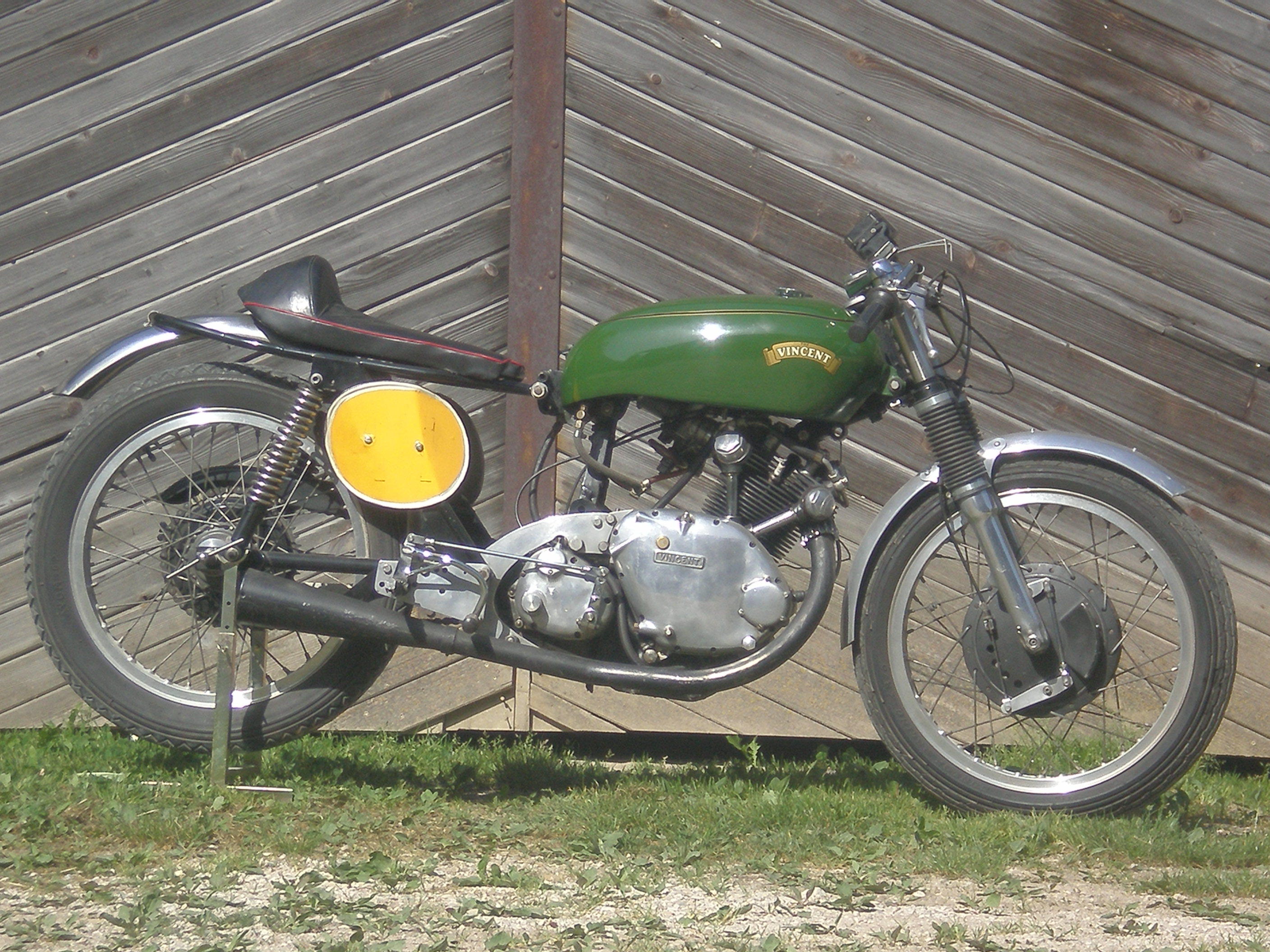
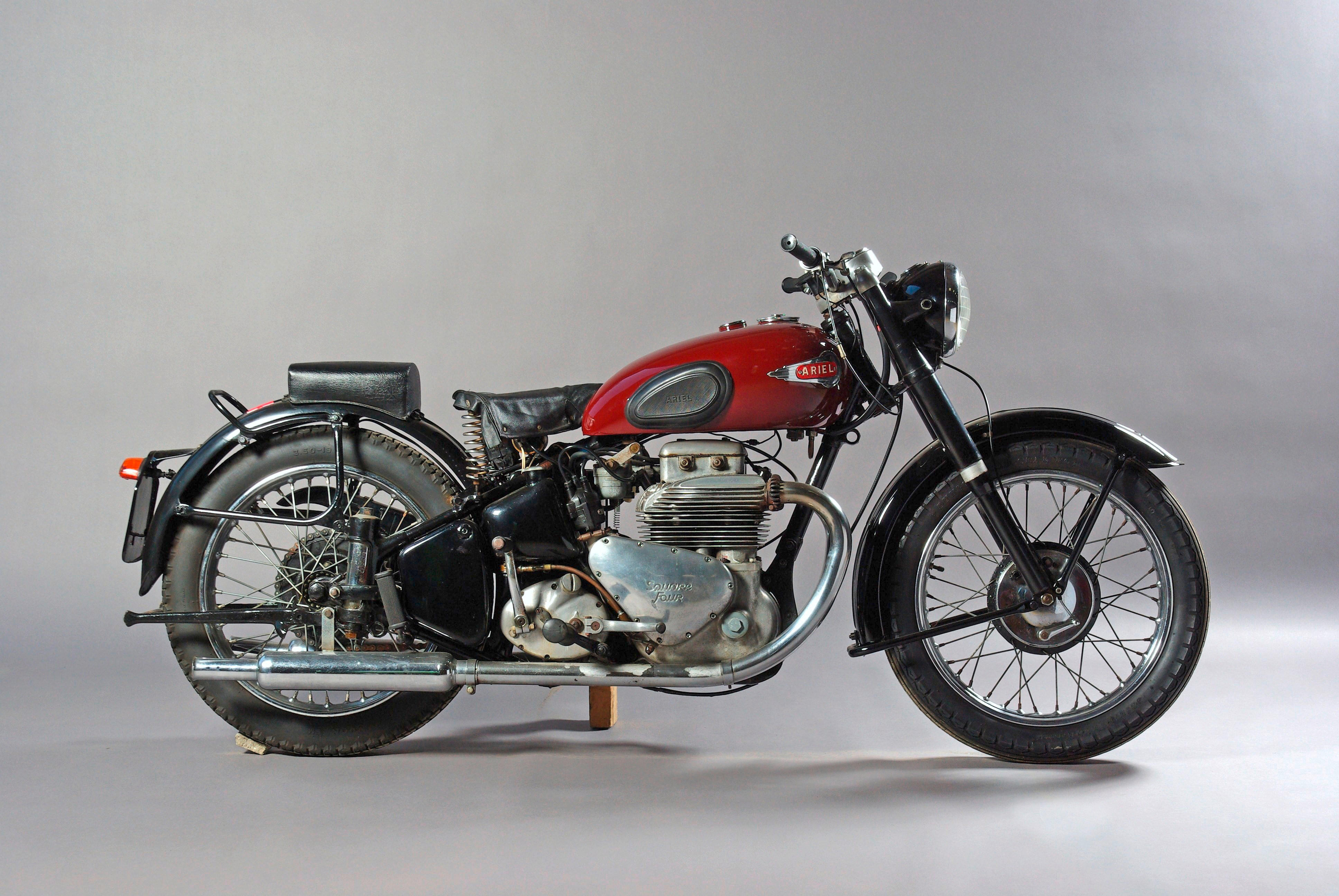
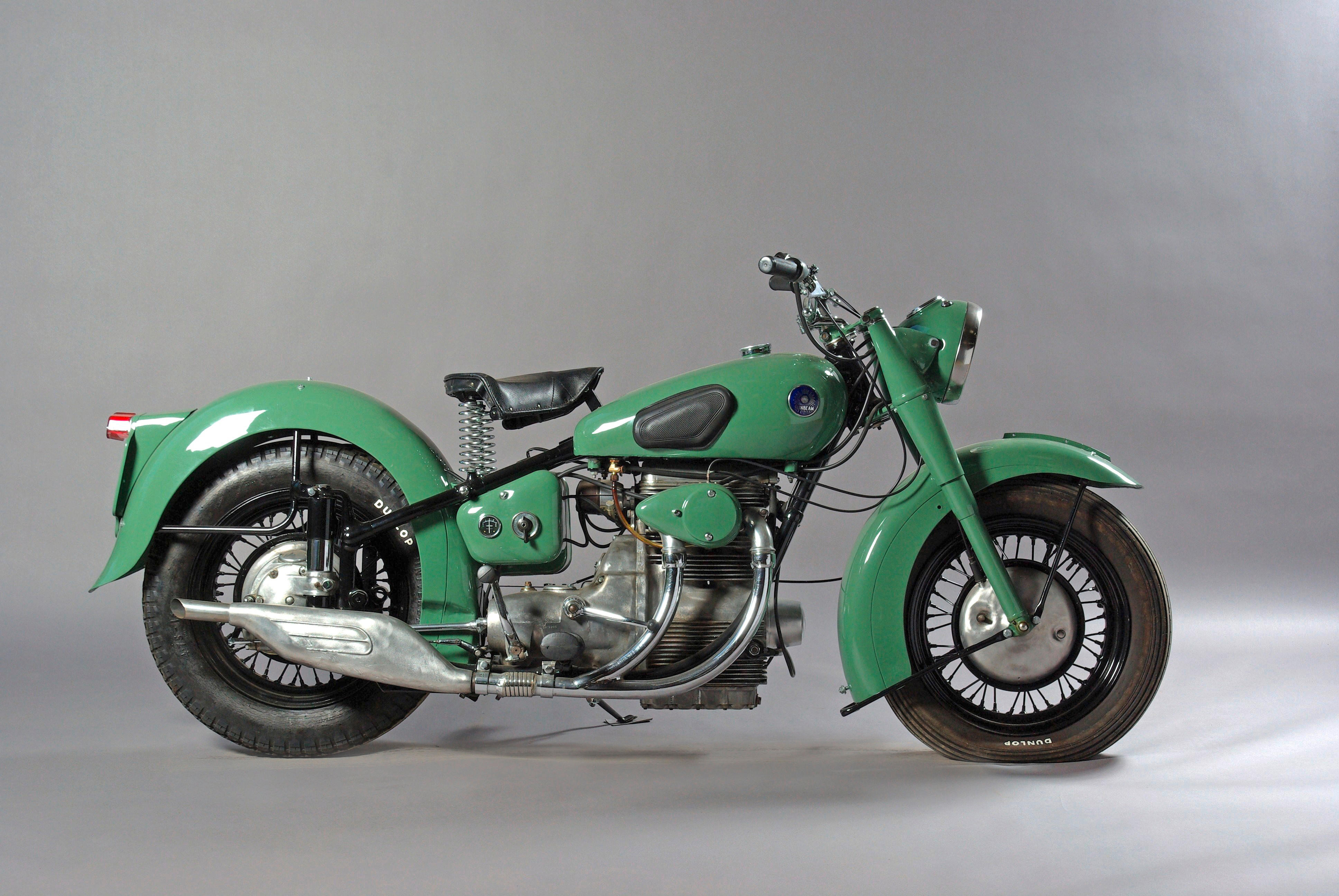

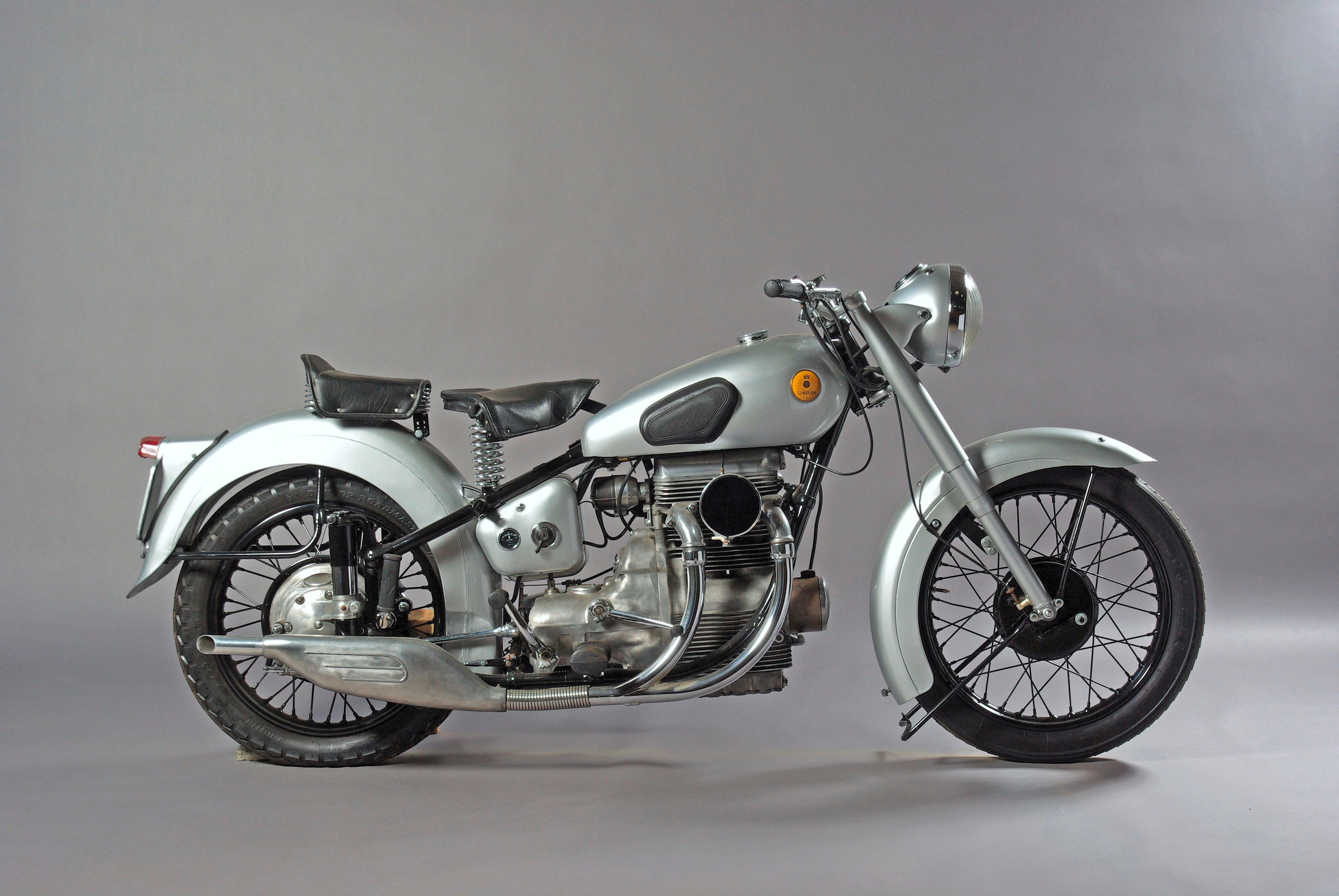
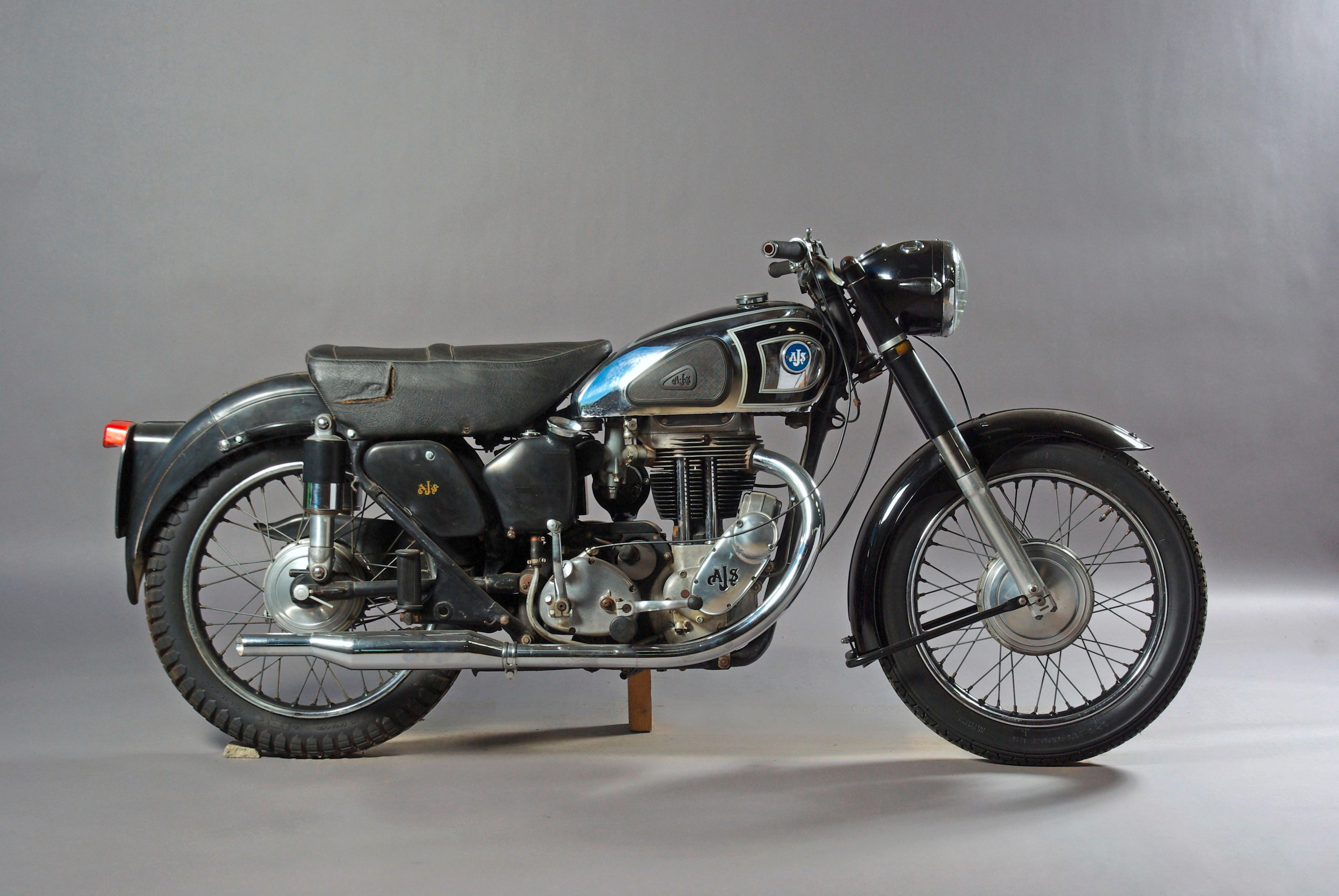
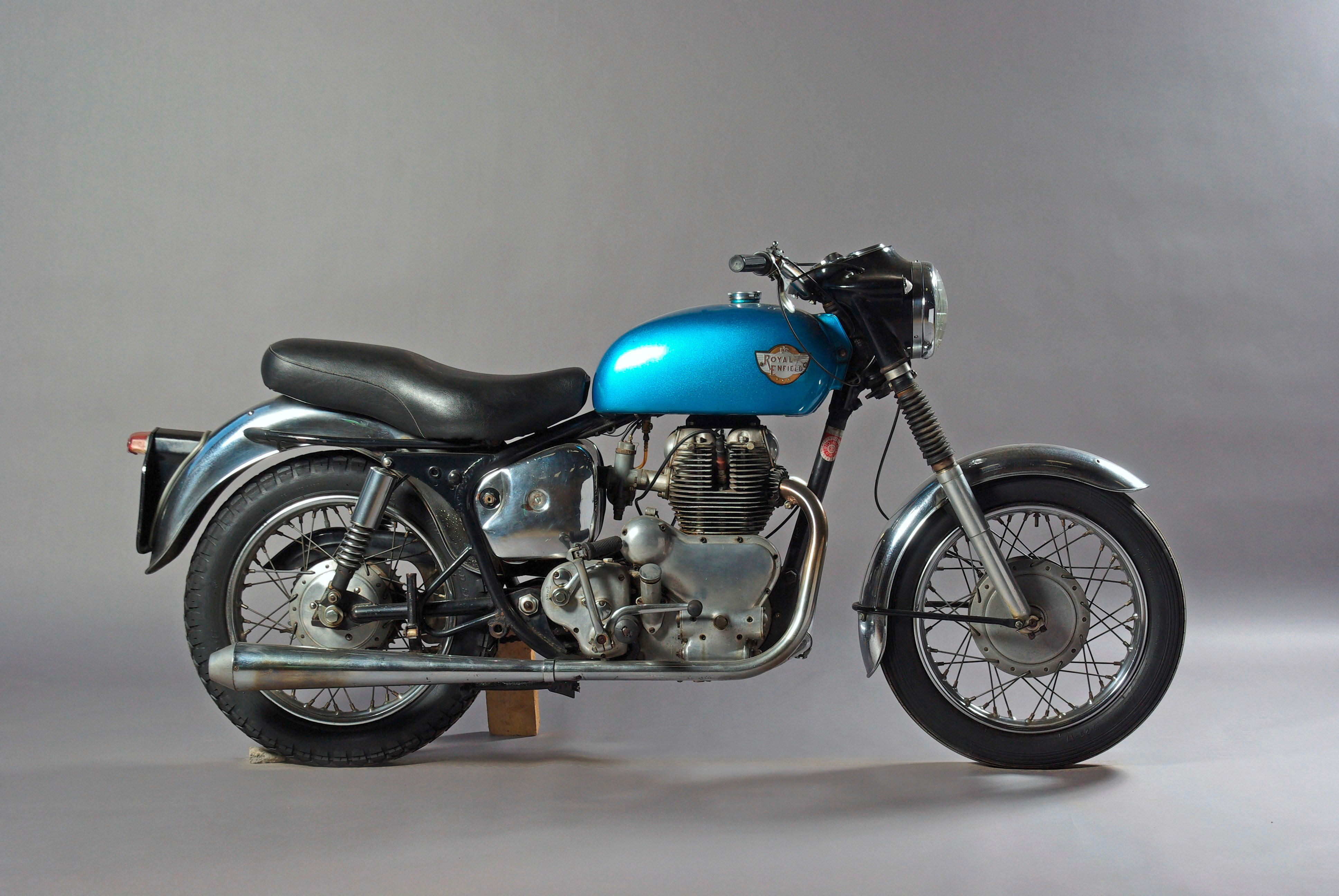
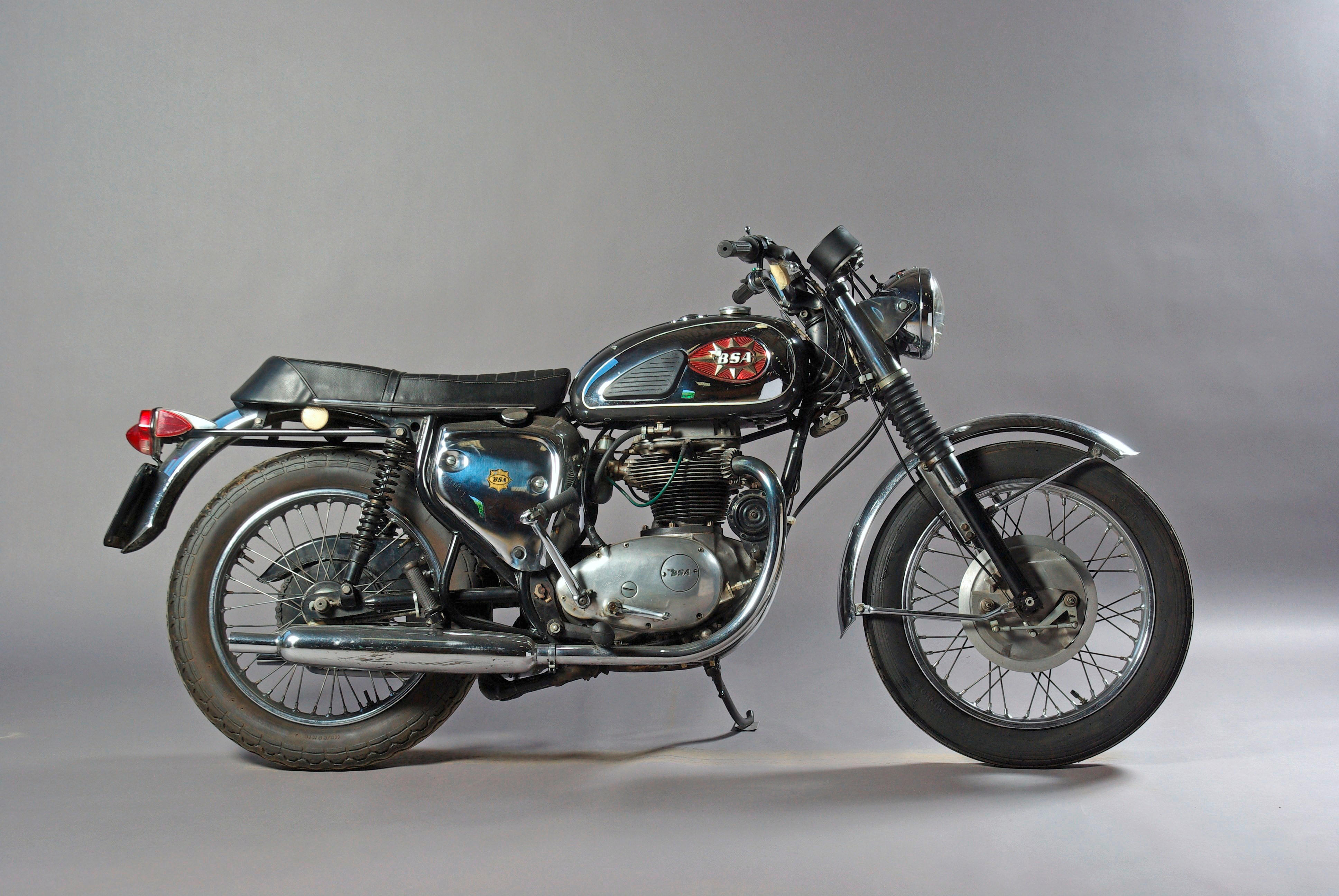
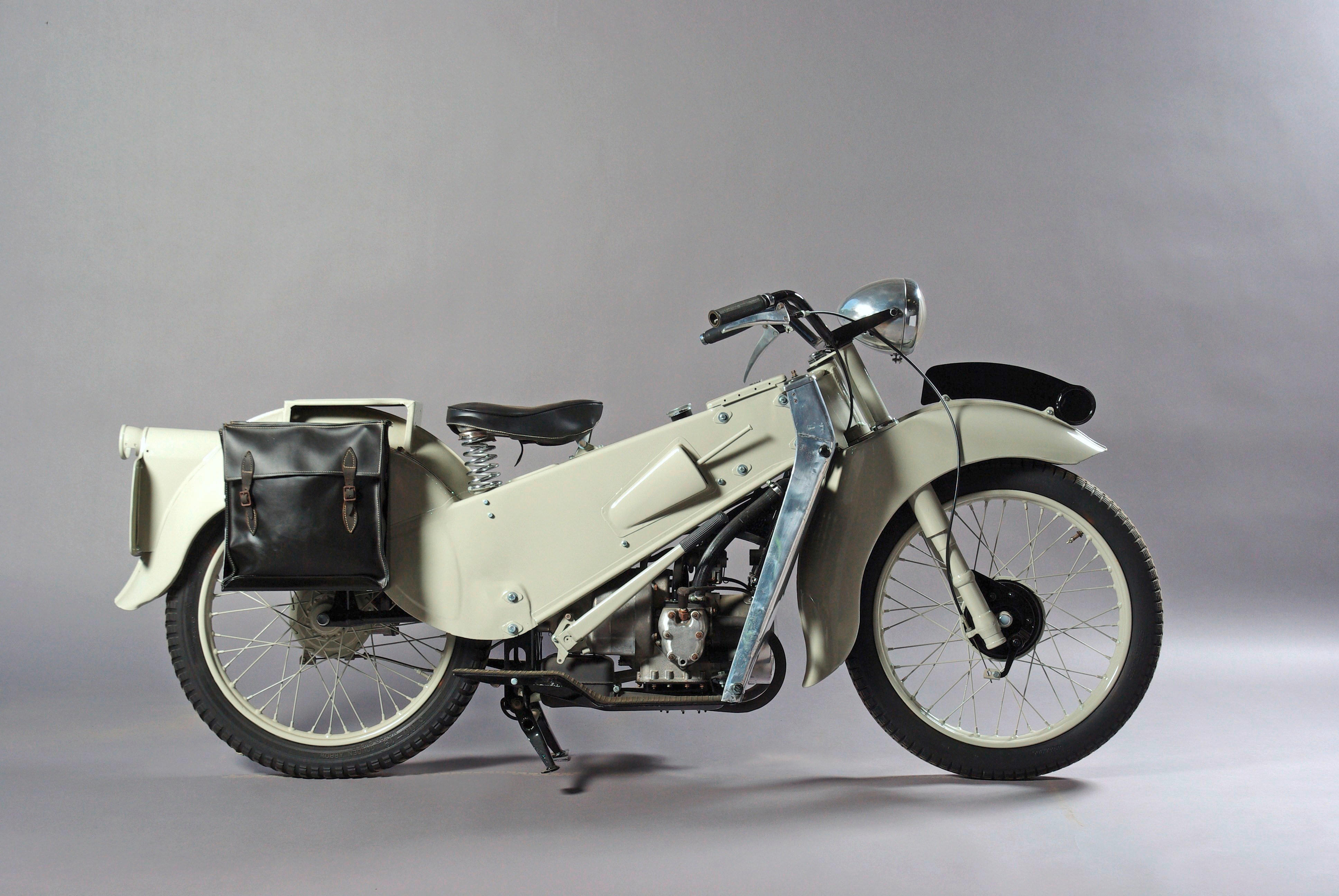
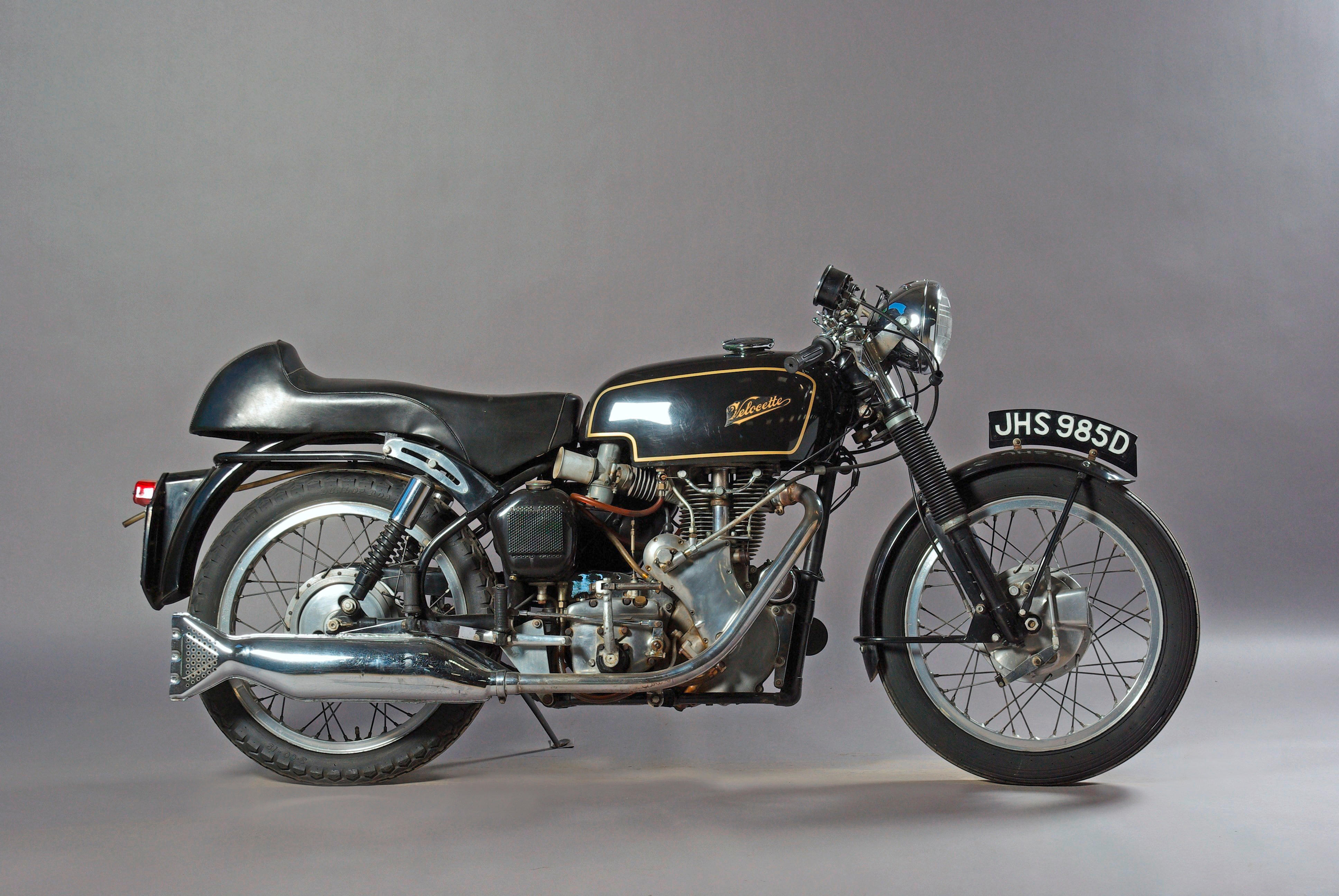
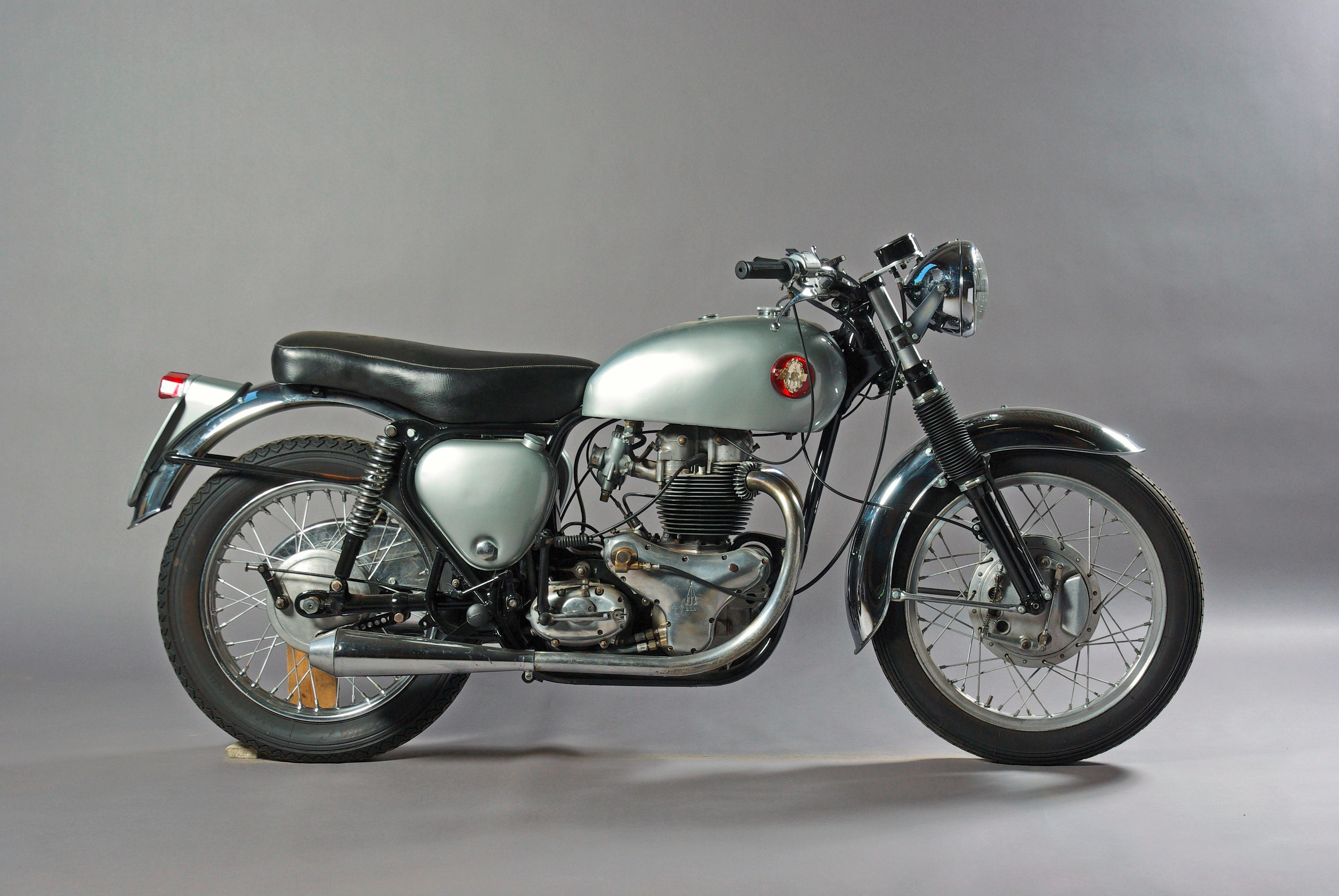
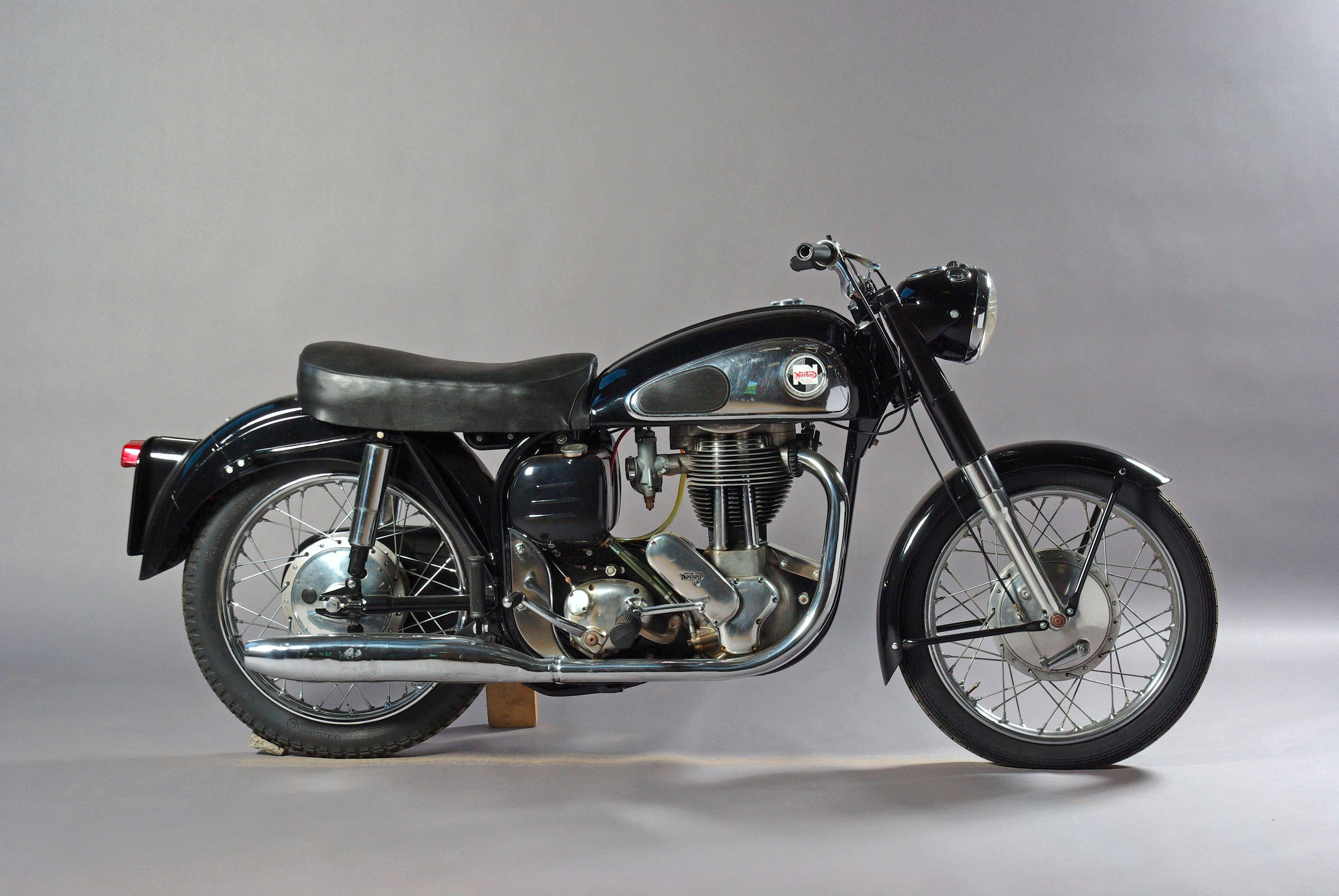
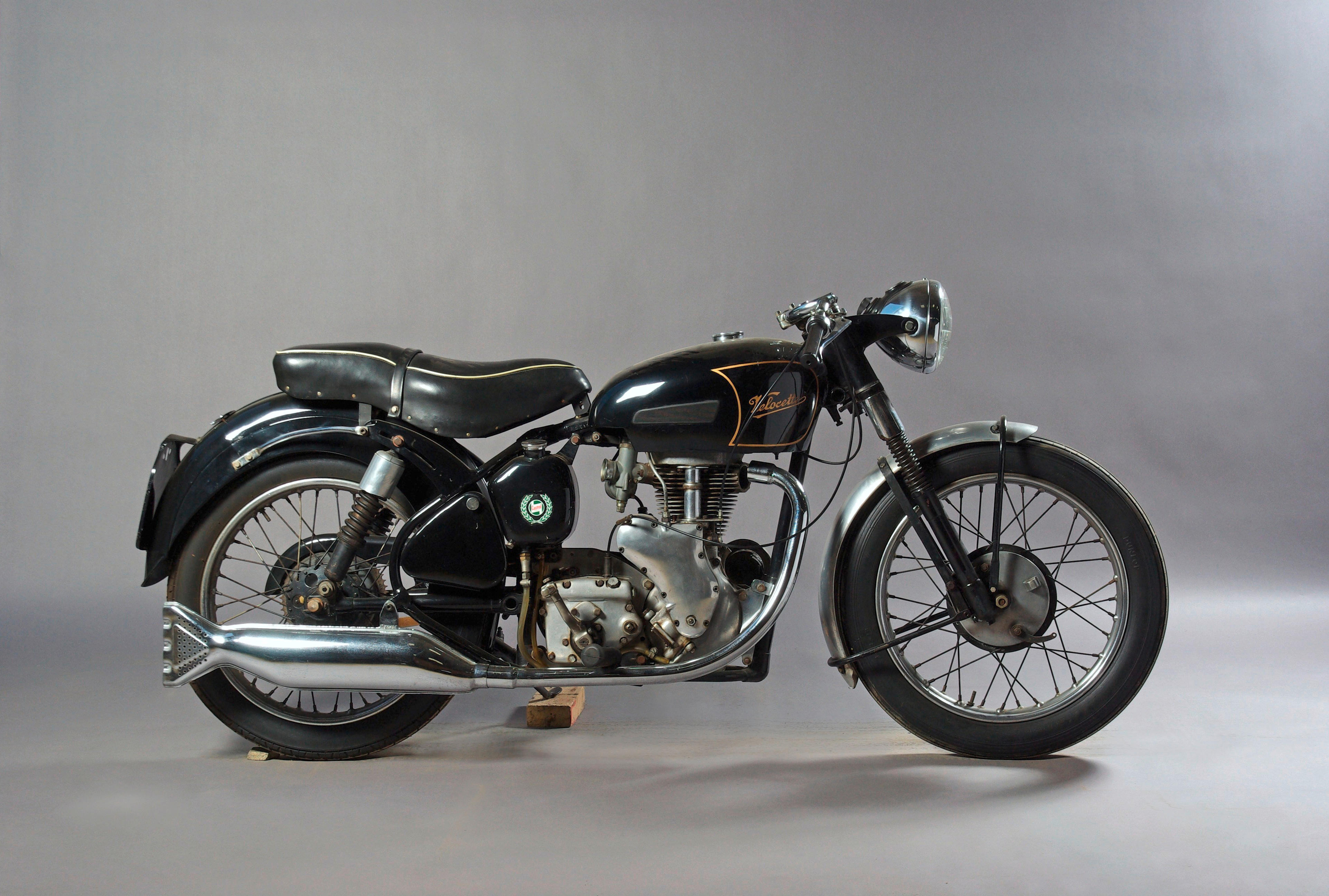
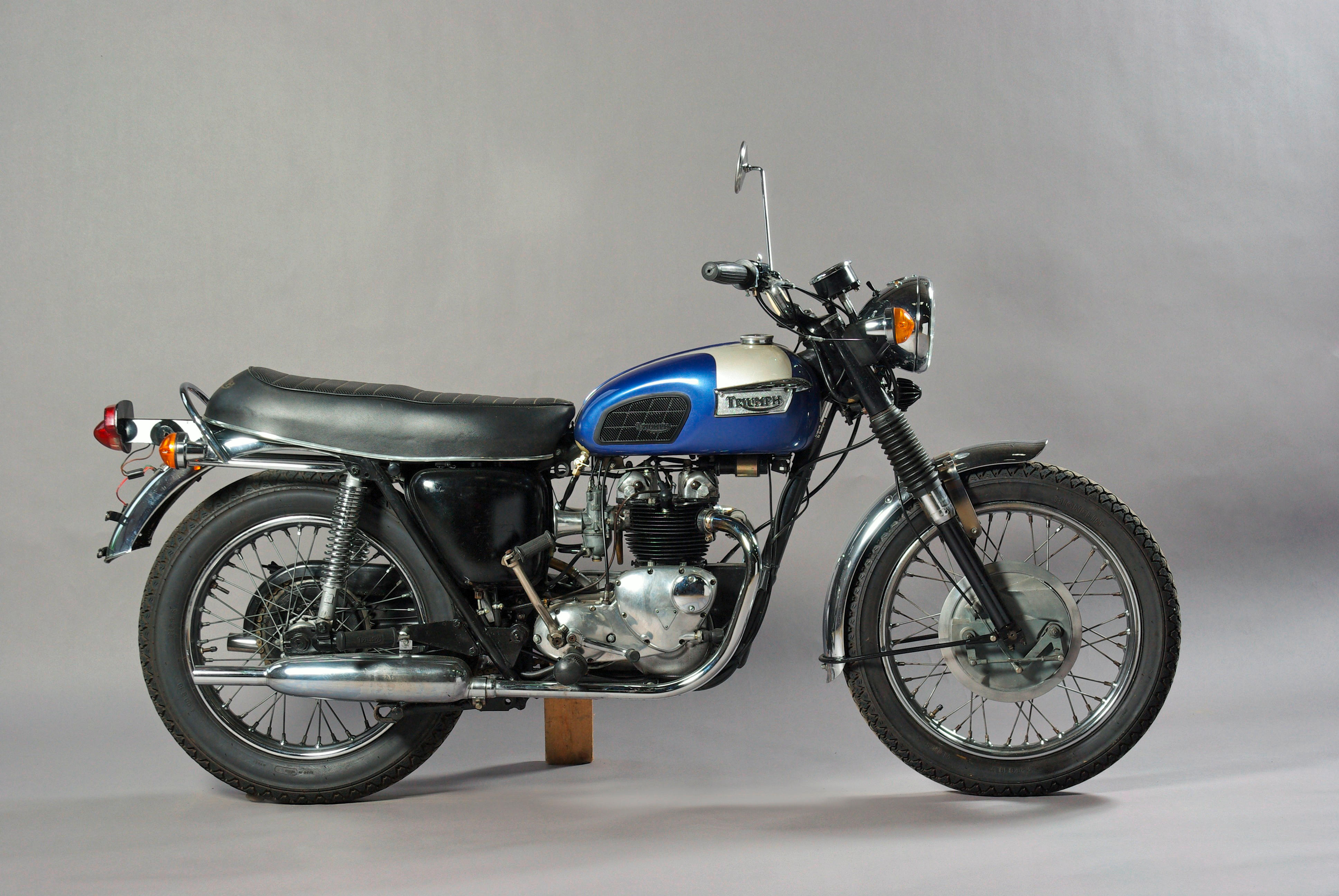
Testen Sie LotSearch und seine Premium-Features 7 Tage - ohne Kosten!
Lassen Sie sich automatisch über neue Objekte in kommenden Auktionen benachrichtigen.
Suchauftrag anlegen